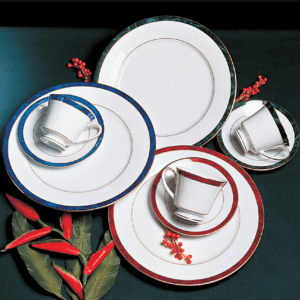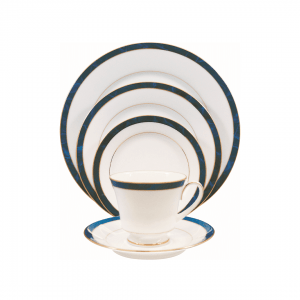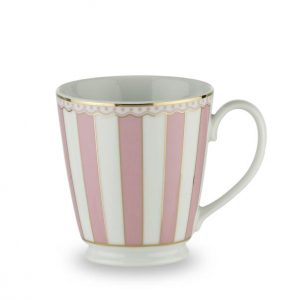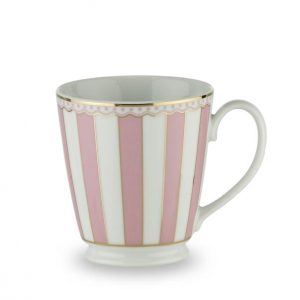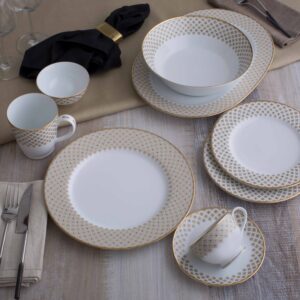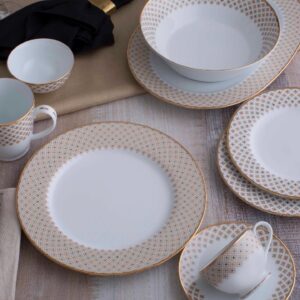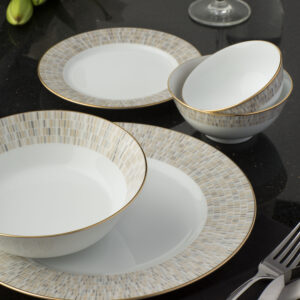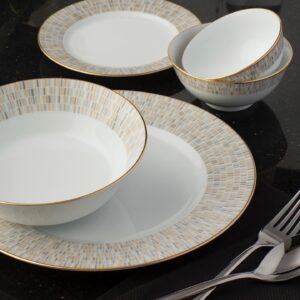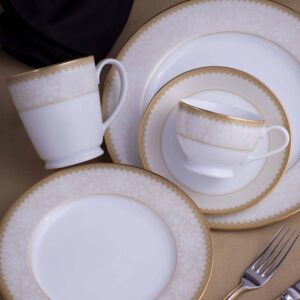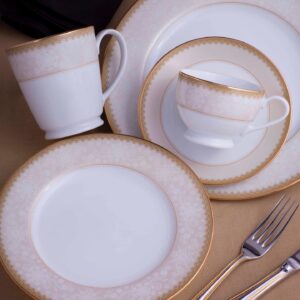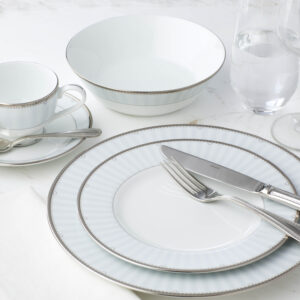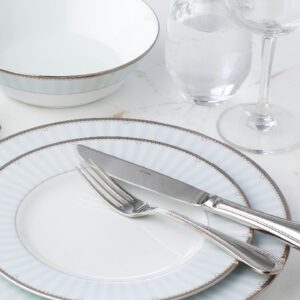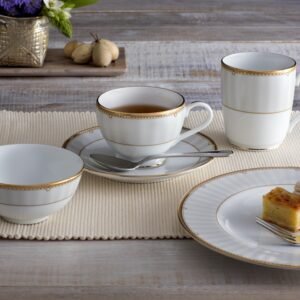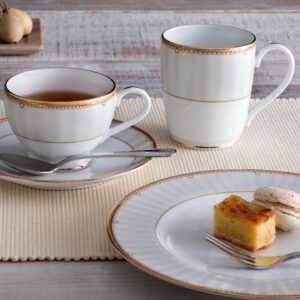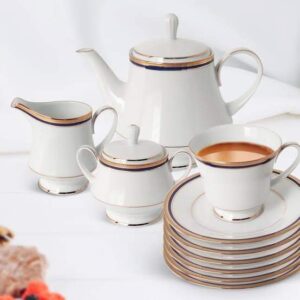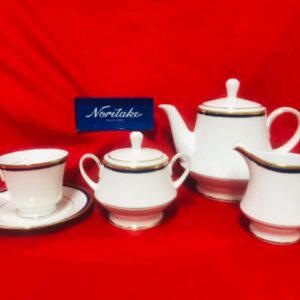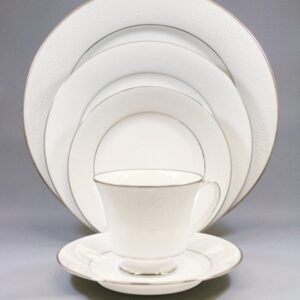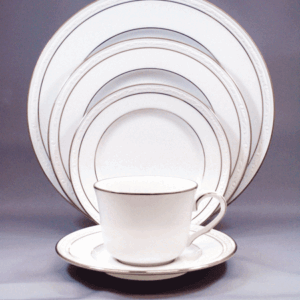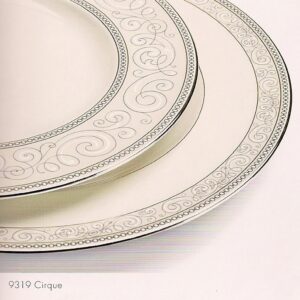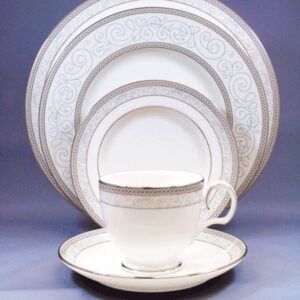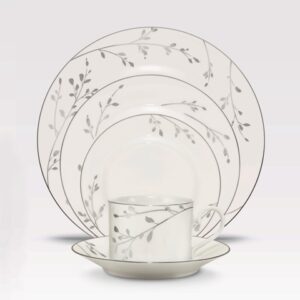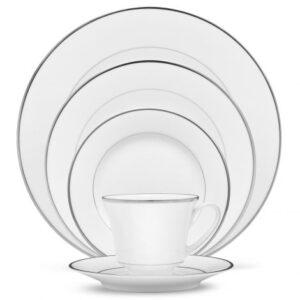Porcelain
The chemical composition of porcelain is a combination of clay, kaolin, feldspar, and quartz. Other materials may be added, depending on the relative quality of the raw materials available and the results the manufacturer wishes to achieve. After the purest of raw materials are mixed and prepared, the product is shaped and molded into the desired items and placed through a series of firings at extremely high temperatures and for long periods of time. The number of firings is often determined by the nature of the design sought. As with stoneware, the body becomes vitrified, which means the body fuses, becomes nonabsorbent, and very strong. Unlike stoneware, porcelain becomes very white and translucent.
“Porcelain” vs. “China”
Many people are confused as to the difference between “china” and “porcelain”. The two terms describe the same product. The term “china” comes from its country of origin, and the word “porcelain” comes from the Latin word “porcella,” meaning seashell. It implies a product which is smooth, white, and lustrous.

